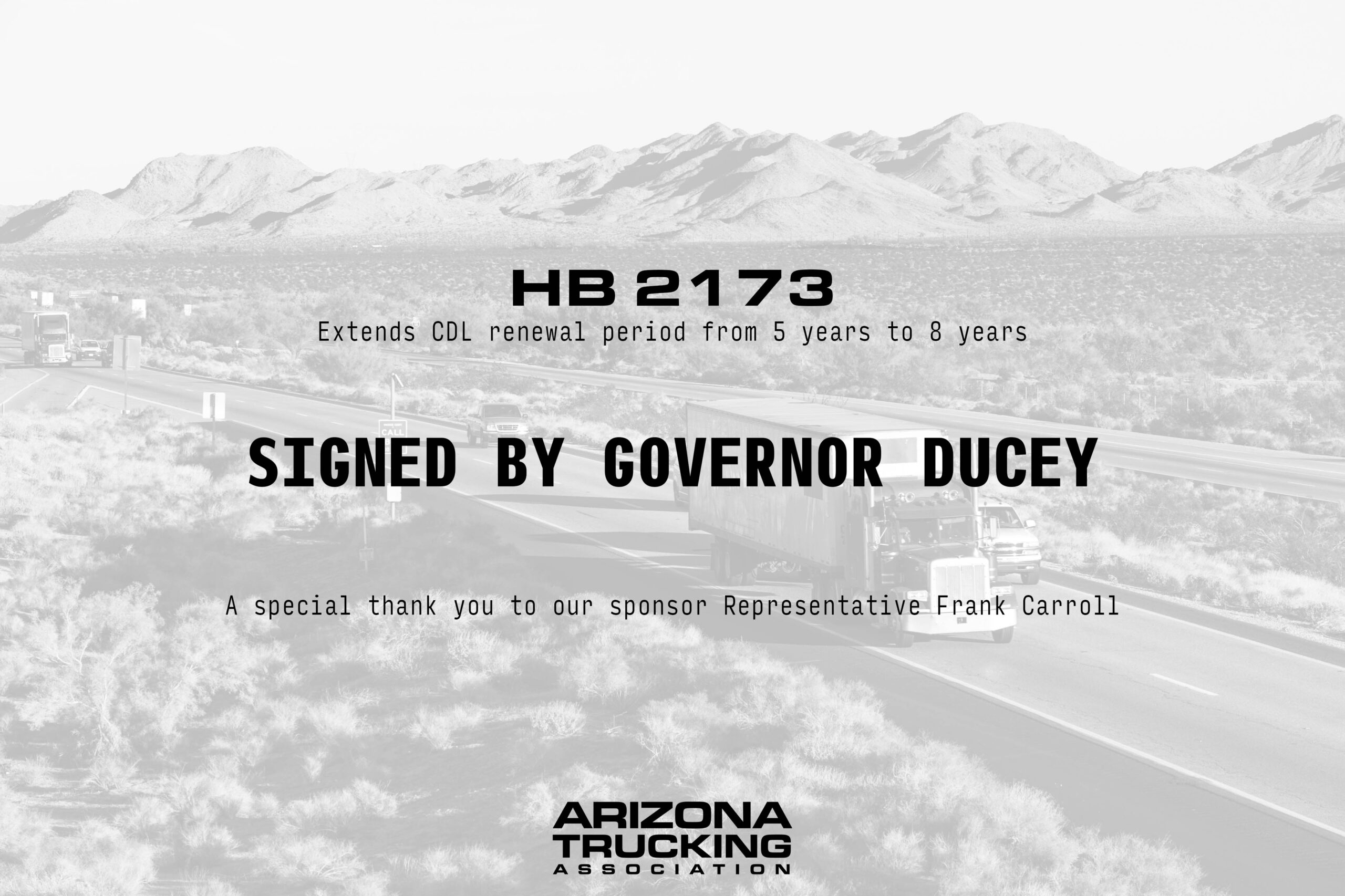
American Trucking Associations Statement on Introduction of Legislation to Roll Back EPA’s Electric Truck Mandate
Washington – Today, the American Trucking Associations released the following statement on the introduction of a Congressional Review Act resolution that would overturn the unachievable Phase 3 Greenhouse Gas emissions standards set by the Biden Administration’s Environmental Protection Agency for heavy-duty vehicles:
“The American Trucking Associations opposes EPA’s GHG3 rule in its current form because the post-2030 targets remain entirely unachievable given the current state of zero-emission technology, the lack of charging infrastructure and restrictions on the power grid,” said American Trucking Associations Chief Advocacy and Public Affairs Officer Ed Gilroy. “Senators Sullivan and Ricketts and Representatives Fulcher and James’ resolution highlights the need for EPA to include the operational realities of trucking in their final regulation. We appreciate them drawing attention to this important issue and look forward to continuing to work with champions in Congress, coalition partners in industry and federal regulators to develop realistic, technology-neutral national emissions standards that will benefit our environment and set our supply chain up for success.”
The resolution, which was co-authored by U.S. Senators Pete Ricketts (R-Nebraska) and Dan Sullivan (R-Alaska) and Representatives John James (R-Michigan) and Russ Fulcher (R-Idaho), was introduced one day after an ATA member testified before Congress on the technological, operational and financial challenges fleets face as federal and state regulations mandate the adoption of battery-electric trucks.
Over the past several decades, the trucking industry has made tremendous strides to cut nitrogen oxide and particulate matter tailpipe emissions by 99%. As a result, 60 of today’s trucks emit what just one truck did in 1988. The trucking industry supported EPA’s Phase 1 and Phase 2 greenhouse gas regulations and worked collaboratively with the agency to set aggressive but achievable emission reduction goals on reasonable timelines. EPA’s Phase 3 rule marked a sharp departure from this successful partnership, setting unrealistic adoption rates for battery-electric trucks.
According to a recent study commissioned by the Clean Freight Coalition, full electrification of the U.S. commercial truck fleet would require nearly $1 trillion in infrastructure investment alone. A report by the American Transportation Research Institute identified the many challenges related to U.S. electricity supply and demand, electric vehicle production and truck charging requirements. At a House Transportation & Infrastructure Subcommittee meeting yesterday, Taki Darakos, fleet manager for PITT OHIO, shared his company’s real-world experience testing battery-electric trucks since 2022. Darakos explained that high costs, increased weight, prolonged charging periods and minimal driving range limit these vehicles’ utility to the supply chain and create significant barriers to broad deployment.
While EPA’s final rule includes lower zero-emission vehicle rates for model years 2027-2029, forced zero-emission vehicle penetration rates in the later years will drive only battery-electric and hydrogen investment, constraining fleets’ choices with early-stage technology that is still unproven. The trucking industry needs technology-neutral policies that allow for innovation and alternative fuel sources like renewable diesel, which generates a lower lifecycle carbon footprint than battery-electric vehicles at a fraction of the cost.
###



